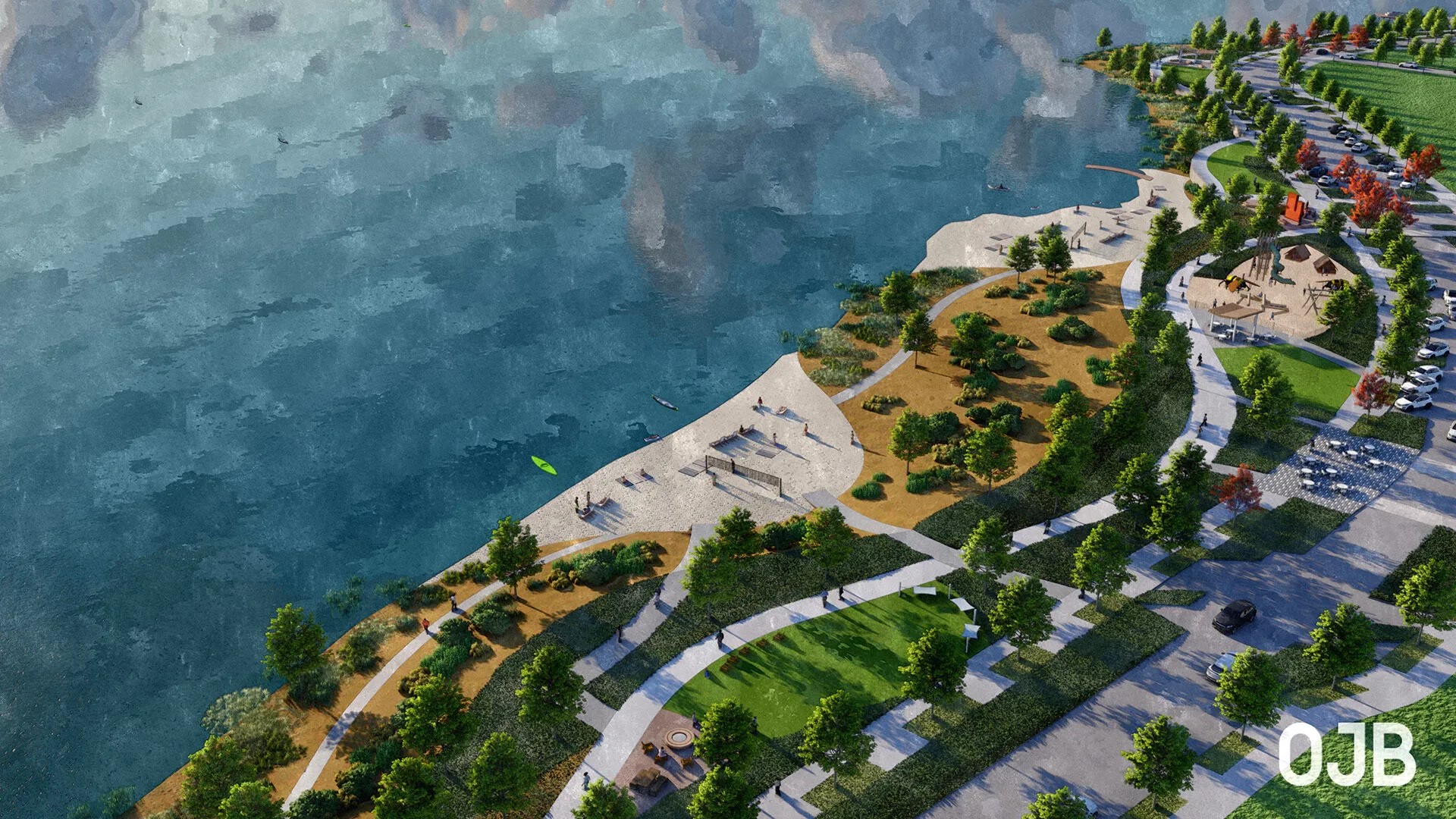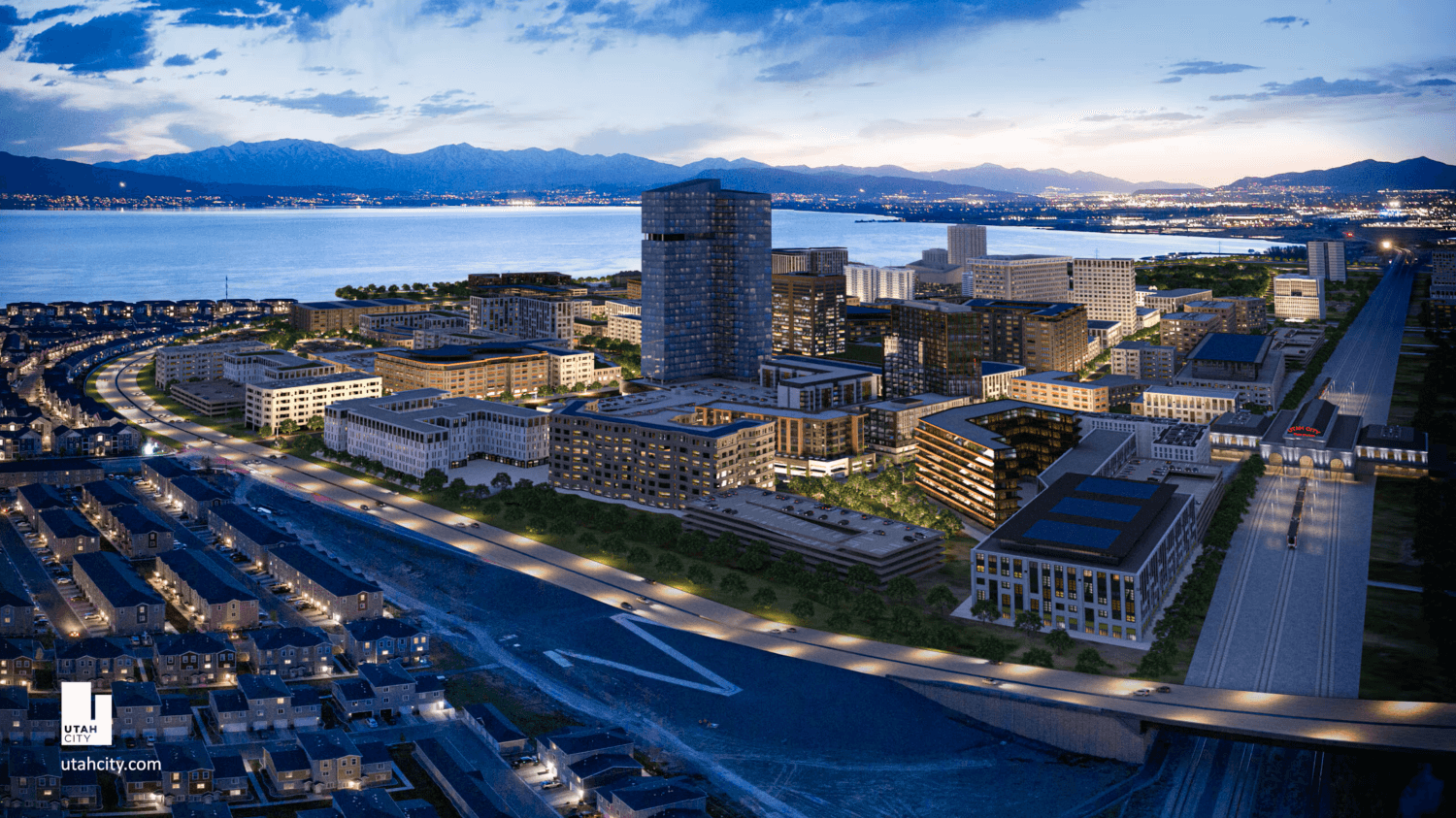Quick Facts
20 million sq. ft.
of connected floor space at build-out (2040).
Heating & Cooling
60 MWt heating capacity, 80 MWt cooling capacity.
70 MW
reduction in demand to electrical grid.
Waste heat recovery
from industrial sources.
Timeline
-
2025Project Start
-
2026DEU In Service
-
2040Full Build-Out (estimated)
The Partnership
Driven by a shared vision for a vibrant future, Corix and Utah developer Flagborough have partnered to develop a fully integrated and sustainable district energy system for Utah City, a groundbreaking urban development. More than just an energy solution, this collaboration represents a long-term commitment to innovation and environmental stewardship that pushes Utah forward.
“By building a district energy system that, over time, can be powered mostly from recycled waste heat, we can deliver both a cost-efficient system for our residents and a system that can help keep Utah beautiful.”
— Pete Evans, Flagborough
The Opportunity
Set along the scenic eastern shore of Utah Lake, Utah City will consist of 350 acres of residential, retail, commercial, and medical research development, including a new healthcare facility that will be owned and operated by the Huntsman Cancer Institute.
Every aspect of Utah City has been thoughtfully designed to reflect the best of Utah—its values, its landscape, and its future—including its approach to energy.

The Solution
To bring this vision to life, Corix is developing a centralized heating and cooling network that will deliver cost-effective, reliable energy to the entire community. By sharing infrastructure and energy sources across buildings, the system will deliver greater efficiency, lower emissions, and long-term cost savings.
It’s a resilient, future-ready solution that aligns with Flagborough’s goal for a modern, thriving hub.
The Energy System
From day one, Utah City’s energy system is designed to grow with the community. Modular energy centers will come online in phases, matching the pace of the development and ensuring efficient, reliable service at every stage. As the system scales, heat recovery units will be added, capturing energy that would otherwise be wasted—significantly cutting natural gas and electricity use, saving money, lowering emissions, and improving air quality.
This smart, shared-energy approach balances simultaneous heating and cooling needs from various building types. In the future, it will tap into waste heat from a nearby power station—a near-infinite, zero-carbon energy source that will reduce demand on the electrical grid.
Flexible by design, the energy system can seamlessly integrate future technologies, powering Utah City with innovation not just for today, but for decades to come. At full build-out, it will serve 20 million square feet of mixed-use space. Phase 1, totaling 1.5 million square feet, is set to launch in early 2026.
